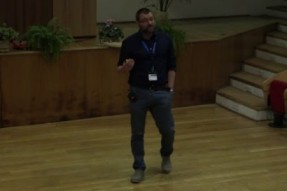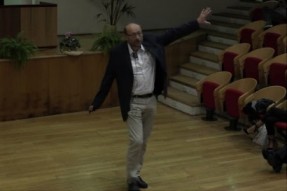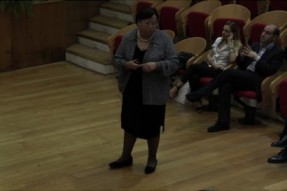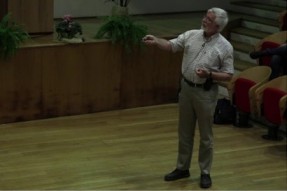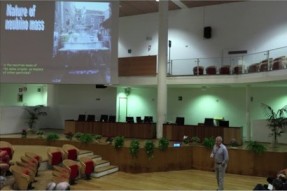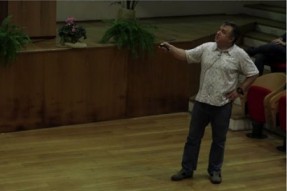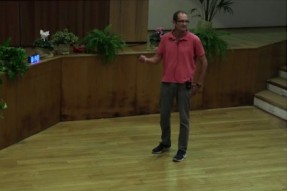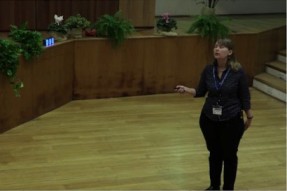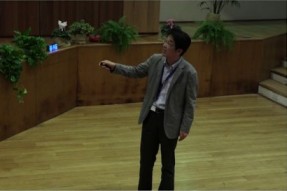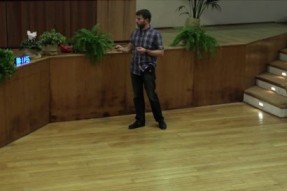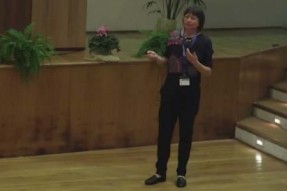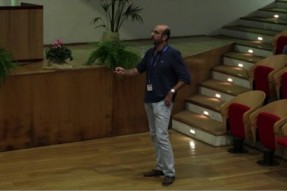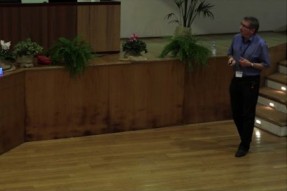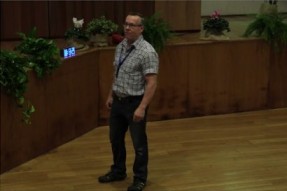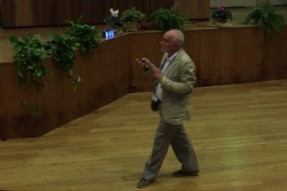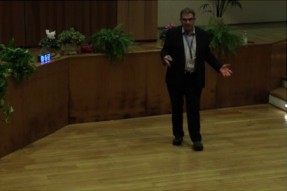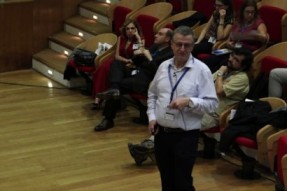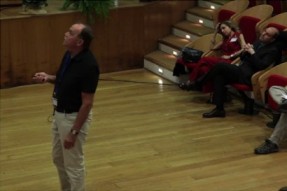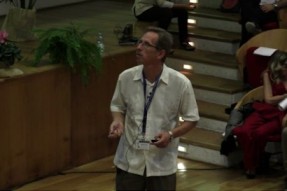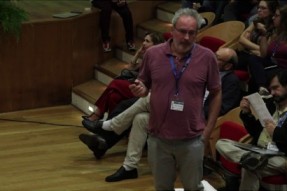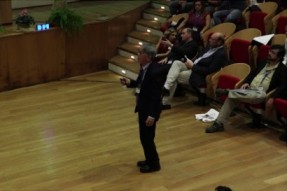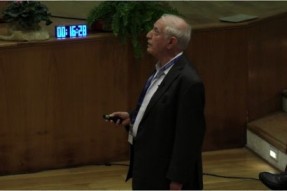Project 8: Status and Update
Joseph Formaggio (Massacchussetts Institute of Technology, Cambridge, Usa)
The neutrino mass scale is presently unknown but its range is now bounded from above by laboratory measurements of tritium beta decay and from below by oscillation measurements. The Project 8 experiment exploits a new technique designed to allow measurements in this range, potentially allowing us to reach sensitivity down to the inverted hierarchy scale.
The technique makes use of cyclotron radiation emitted by electrons from tritium decay in a uniform magnetic field. The viability of the method on a small scale was demonstrated recently using the isotope 83mKr.
Project 8 is being developed in a phased approach through systems of increasing size and complexity, with the final goal a large-scale atomic tritium experiment. We will describe the status of the program, and some of the challenges and advances.
"CNNP 2017 - Conference on Neutrino and Nuclear Physics" (Catania, 15-21 October 2017)
Vedi anche
- Bellezze e sporcizia nell'Universo
- Simmetria: la ricerca di ordine in natura
- Structure of proton-rich nuclei via mirror beta decay and charge exchange reactions
- Developments and applications of Micro-Pattern Gaseous Detectors (MPGD): a concise review
- Novel approaches to the nuclear physics of double beta decay
- DAMA/LIBRA results and perspectives
- The SOX experiment at LNGS for the search of sterile neutrinos
- The HALO and HALO-1kT Supernova Detectors
- Low-energy neutrino experiment at Jinping
- Theory of neutrino masses and mixing

